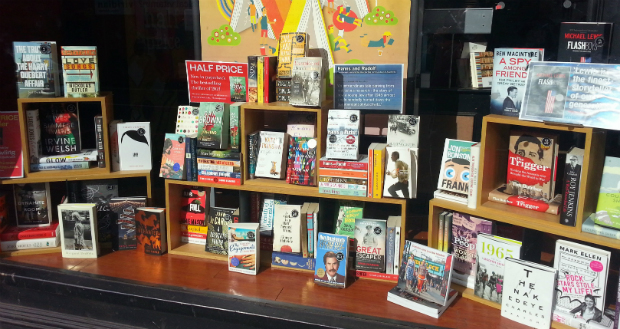
Web-based businesses are moving to make their mark in the real world with printed materials including catalogues and magazines, allowing them to reach out to new consumer groups. In the latest move Airbnb, a website where visitors can rent out and stay in privately-owned properties around the world, is the latest to publish its own glossy print quarterly, Pineapple, as it aims for a stronger brand identity. The strategy began with a new logo, which property owners can print and display to advertise that they are part of the Airbnb network, and a partnership with Zazzle for branded merchandise. Some 18,000 free copies of Pineapple will be distributed to Airbnb hosts, featuring star hosts and guests to continue visitors’ engagement with the service.
The inaugural issue is 128 pages and includes photography and storytelling designed to spark coffee-table conversation. Each issue will hone in on three cities – London, San Francisco and Seoul for the first, with travel features and food scene reviews. The kick-off issue carries no advertising, including only brand-building travel content such as an interview with Hans Ulrich Obrist, curator of the Serpentine Gallery in London, about architecture; guides to the London neighbourhood of Peckham and San Francisco’s Outer Sunset; and a feature on food in Seoul. Pineapple will also be sold as a newsstand publication in bookstores and other retailers in Europe and the US. Airbnb will underwrite the cost of the first issue, but says it will consider its options going forward. Other web-based companies turning to print recently include music site Pitchfork with its quarterly review, a biannual print magazine by Editorialist – a fashion accessories site founded by former Elle editors – and CNET, one of the oldest online tech publications. A number of online-only retailers have also begun distributing catalogues or so-called magalogues, a hybrid product with both sales, product info and features, which has been embraced by established retailers like Myer and Woolworths. Woolworths Fresh is the country’s most-read magazine with an average issue readership of 3.57 million, followed by Coles Magazine with around 3.03 million readers. While the catalogues inspire buying action, with 58 per cent of supermarket catalogue readers buying an advertised product, Two Sides Australia executive director Kellie Northwood says publishing allows brands to develop a personality and stronger dialogue with customers. Northwood says market research shows consumers are more engaged with print, with more than half of Australians reading a catalogue for 30 minutes a week, and brands should have both print and digital marketing to get the best results. Studies show consumers remember more of what they see in print as opposed to online, with university students remembering an average of 4.24 stories in a newspaper, compared with 3.35 in the online version.
Comment below to have your say on this story.
If you have a news story or tip-off, get in touch at editorial@sprinter.com.au.
Sign up to the Sprinter newsletter


